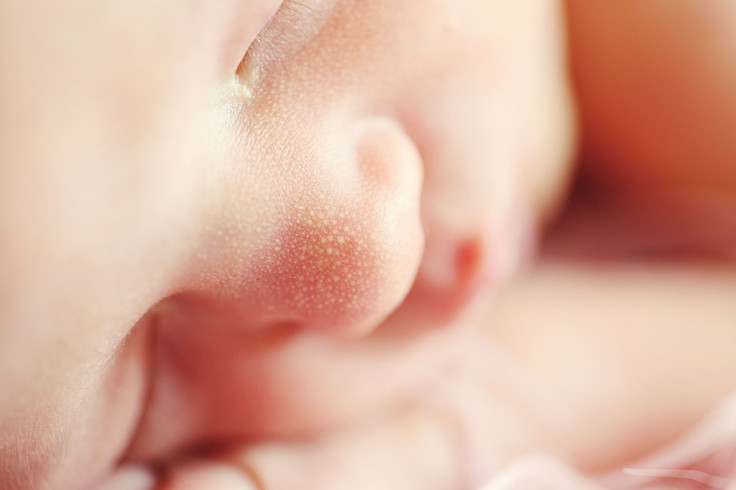3-D Printed Ovaries Show Promise As New Fertility Treatment For Cancer Patients

3-D printers have been used to make fashionable clothes for the runway, pizza, and even prosthetic limbs. Now, the 3-D printer could be used as a potential infertility treatment. Scientists successfully replaced a female mouse’s ovary with a printed one, allowing the animal to ovulate as normal, and give birth to healthy pups who behaved just as any other mouse, like nursing from their moms, for example.
Read: Almost Half of Millennial Women Would Give Up Coffee, Sex To Not Shave For A Year
According to study co-author Alexandra Rutz, former biomedical engineering graduate fellow at the Simpson Querrey Institute, printing a 3-D ovary is similar to playing with Lincoln Logs. The distance between the logs determines the changes needed to make a window, for example.
"3-D printing is done by depositing filaments," says Rutz in a statement. "You can control the distance between those filaments, as well as the advancing angle between layers, and that would give us different pore sizes and different pore geometries."
The scientists called the structures they created scaffolds, which were implanted into female mice to help provide support for immature eggs to boost hormone productions. This helped give the room needed for egg cells to become ready for ovulation.
While this is only performed in mice so far, the team is hopeful the technique can be used in humans one day.
"What happens with some of our cancer patients is that their ovaries don't function at a high enough level and they need to use hormone replacement therapies in order to trigger puberty," says Monica Laronda, co-lead author of this research, in the statement. "The purpose of this scaffold is to recapitulate how an ovary would function. We're thinking big picture, meaning every stage of the girl's life, so puberty through adulthood to a natural menopause."
Ideally, cancer patients would go through the process before treatments that harm fertility.
As Teresa Woodruff, co-author, explained to Gizmodo, “The idea would be that a young cancer patient who has to undergo chemotherapy would have an ovary taken out before the first sterilization treatment, that tissue preserved, her ovarian follicles isolated and then when she’s ready we could give her a new ovary.”
Not all women will experience infertility after chemotherapy. The American Cancer Society reports that a lot of the drugs can damage eggs, however factors like age, the type of drug and dose play an important role. Younger women who receive chemotherapy before reaching the age of 35, have a better chance of having children after, which makes sense as female fertility typically starts to decline beginning at 32.
Read: A Cure For Baldness? New Discovery Could Help Find A Cure For Balding And Graying Hair
Radiation therapy, another common treatment for cancers, can also significantly impact fertility. Women with cancer who are concerned about fertility can take measures like egg freezing.
See Also:
Newborn Baby Holding IUD Proves Birth Control Isn't 100 Percent Effective
Hepatitis C Cases Nearly Double In Pregnant Women Due To Opioid Epidemic



























